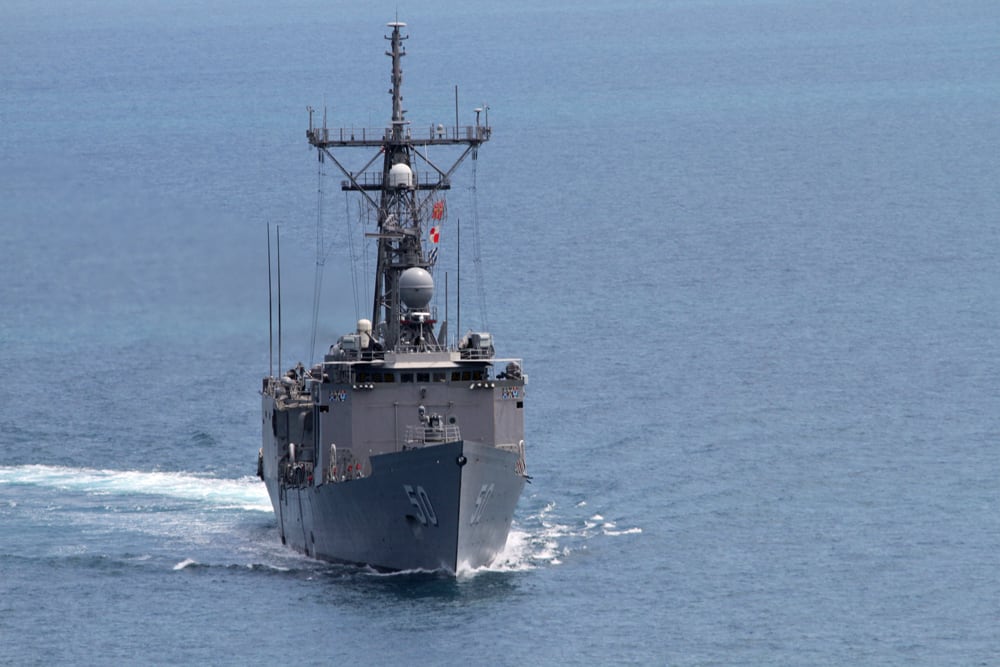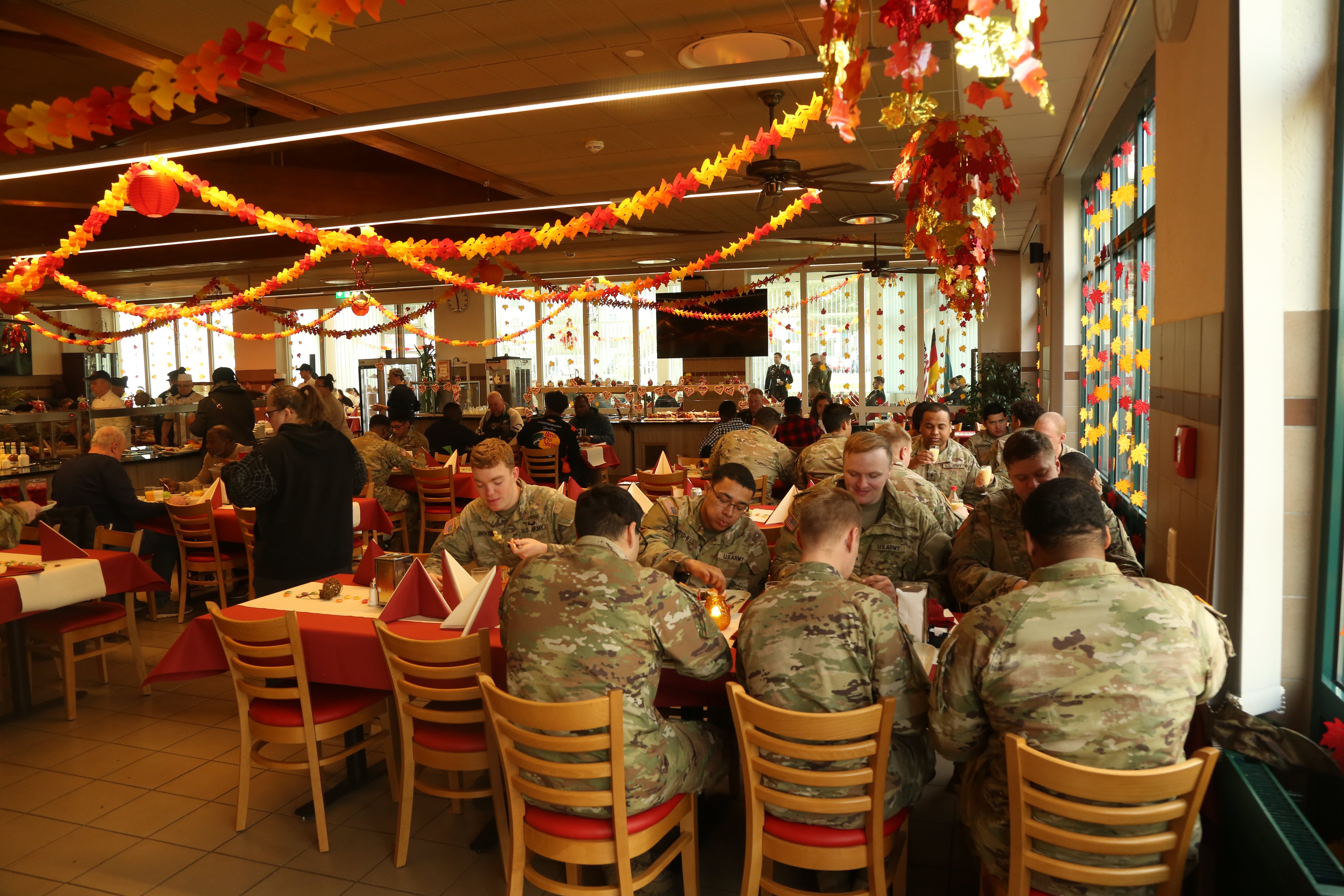When the frigate Taylor ran aground while pulling into Samsun, Turkey, on Feb. 12, 2014, the ship was well right of track and nobody had taken a fix in over six minutes — a fix interval for open ocean, not a transit into an uncommon port.
It is the most telling of many findings in a Navy investigation that is almost a textbook example of how things can go wrong in a hurry during a navigation detail.
Crewmembers had The ship argued that they were in a hairpin turn and were shooting constant bearings off of the nearest navigation aid, a standard practice. But the Navy's instruction governing navigations in and out of port, which is fraught with risk because of the vicinity to shallow water, requires that the ship take a fix every three minutes.
That didn't happen. The laxitymix-up with the fixes, combined with a number of other mistakes, ended with the Taylor runningbriefly aground, and $4.8 million in damage to the propellers.
The ship was on a security cooperation mission for the Winter Olympics in Sochi, Russia, at the time and the grounding was a high-profile embarrassment for the Navy.
The ship initially reported hitting an uncharted navigation hazard, this is likely in part because the harbor pilot insisted the ship was in good water when it ran aground.
"However, after collecting all the written statements prior to the interviews, and recreating the ship's plot based on the position logs, I started to question the initial reports," the investigating officer wrote. "The evidence started to indicate the ship actually hit the sea floor, possibly outside of charted safe waters."
The grounding cost the commanding officer, Cmdr. Dennis Volpe, as well as the ship's navigator and assistant navigator their jobs. Volpe was held accountable at non-judicial punishment, as was the NAV and assistant NAV, but the investigation did not specify the charges.
Volpe did not respond to an emails or a calls for comment by press time Feb. 6.

The guided missile frigate USS Taylor (FFG 50) steams in the Black Sea May 11, 2014, while conducting a tactical maneuvering exercise with the Turkish navy.
Photo Credit: Lt. j.g. David Hancock/Navy
The combat information center's watch supervisor, who would have been in charge of overseeing radar navigation efforts as well as plotting GPS fixes as a backup to the bridge navigation team, was also punished at NJP, according to the endorsement by Capt. James Aiken – the ship's immediate superior in charge.
The ship's executive officer, Lt. Cmdr. Joel Rodriguez, was given administrative counseling for failing to properly supervise the navigator but was not punished.
Multiple points of failure
The ship was making an approach to the Samsun harbor that puts the ship through a tight inlet between two jetties to the north and south. After the inlet, the ship had to make a hairpin left turn. The Taylor, according to the charts included with the investigation obtained by Navy Times through a Freedom of Information Act request, the Taylor ran aground during the trickiest part of the transit.
The Taylor grounding report investigation into the Taylor's grounding reads like a classroom exercise designed to make the point too often overlooked: that small oversights quickly add up to disasterduring navigation detail.
In addition to the mix-up with the fixes, the ship was being pushed to the right of track and towards a shoal by set and drift – the current's direction and speed of the current that crewsships calculate to maintain a good track. But the ship was making multiple, incremental changes to the course, which makes set and drift impossible to calculate accurately at a time when that data could have changed the outcome of the transit.
The investigation showed that combat only calculated set and drift once during the transit. The bridge team claimed to have calculated set and drift 15 to 20 times during the transit, but the deck log showed the last set and drift calculation more than five hours before the grounding.
Additionally, Combat was unable to use radar to plot fixes because of an equipment casualty. Combat's navigation uses intersecting lines of bearing from prominent land and fixed features — such as lighthouses — to triangulate the ship's position along the ship's track. It's a vital back-up to the GPS and visual fixes being run by the bridge team.
Instead, combat was also plotting GPS fixes. The team plotted several fixes incorrectly during the transit — critically, the last fix taken before grounding was about 220 yards off and well south of the dangerous shoals, according to reconstructed charts provided in the investigation.
The investigation found that the bridge was not running visual fixes, which shoots lines of bearing from major visual landmarks to the bridge to triangulate the position. The ship was relying almost solely on GPS for navigation and, investigators said, GPS was only accurate to within about 27 yards, something for which the ship failed to account.
The last fix on the bridge, taken at 7:18 a.m., six minutes before the grounding, showed the ship on track. That's shortly before both teams began running continuous lines of bearing fixes while heading into the turn.
But if the ship had taken the fix at 7:21, it would have seen that the ship was then 30 yards left of track, according to a reconstruction based on a GPS device used on board, the report said.
Both the combat and bridge watch teams told investigators that 1,000 yards from a turn, the ship goes to constant fixes until the turn is made, then they return to the regular position fixes. That works when the ship is traveling at a healthy 12 knots in the channel. But the ship had slowed to six knots because of its vicinity to shoal water, which meant that it took several minutes to close the 1,000 yards to the turn.
Investigators say the ship should have taken the fixes at 7:21 and 7:24. And while combat claimed to have taken a fix at 7:24, the investigation states that "the ship did not correctly plot any fixes between 7:18 and 7:25, the time of the grounding."
David B. Larter was the naval warfare reporter for Defense News.





